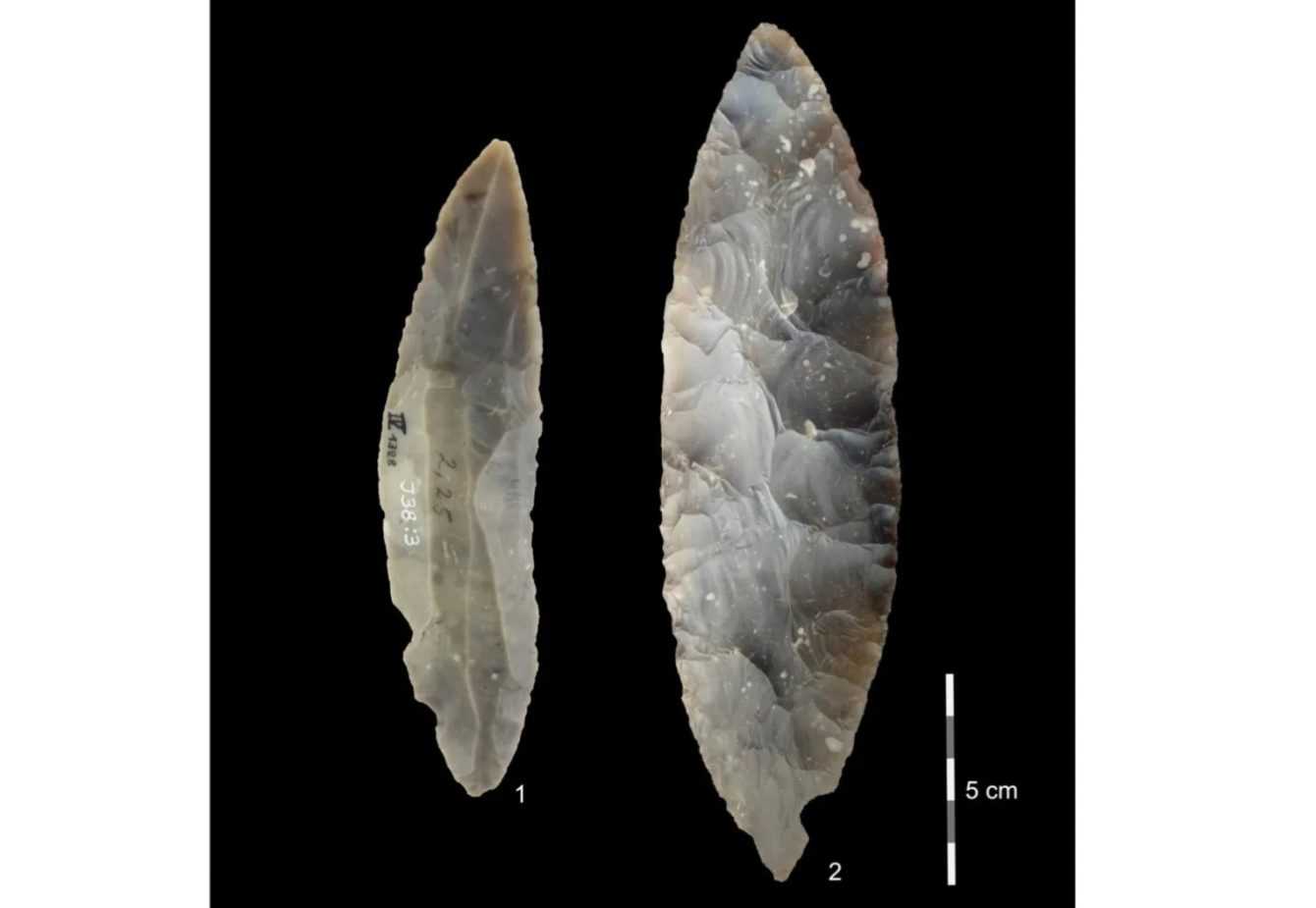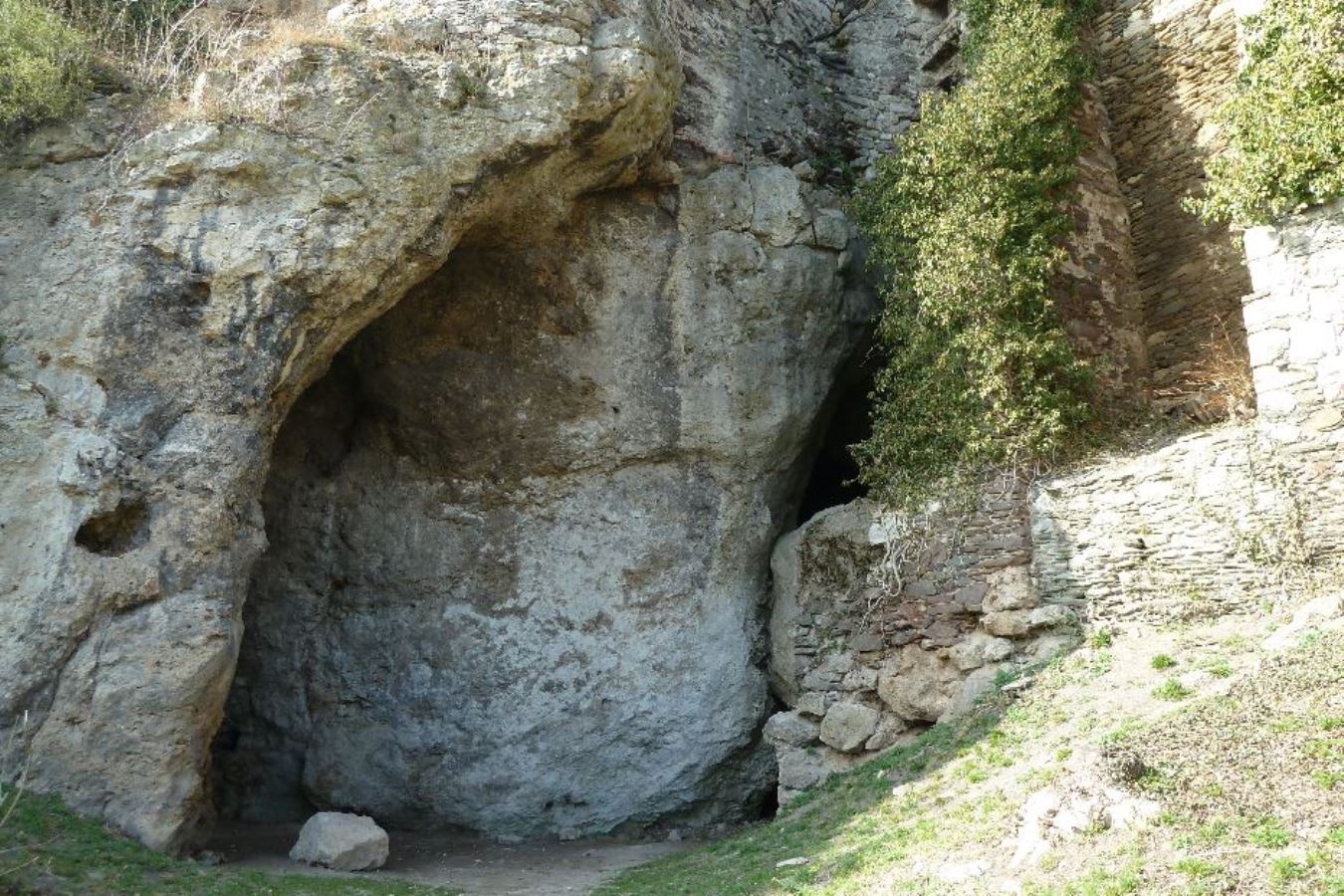Recent archaeological discoveries in Ranis, Germany, offer a detailed and fascinating insight into the early migrations of Homo sapiens into northern Europe
The migrations ofA wise man they represent a fascinating and crucial theme in understanding human evolution. In particular, the settlement of man in the northern regions of Europe has captured the attention of scholars for decades. Recent archaeological discoveries and studies offer a unique perspective on these ancient human movements and the environmental challenges our ancestors faced. Recent discoveries in Ilsenhöhle cave in Ranis, Germany, have shed new light on the early migrations of Homo sapiens into northern Europe. The Archaeological excavations conducted on this site have revealed fossils and artifacts which date back further 45,000 years ago, demonstrating that ancient Homo sapiens braved freezing cold to reach these remote latitudes. A significant aspect of these findings is the identification of the technological complex Lincombian-Ranisian-Jerzmanowician (LRJ). This complex, documented for the first time in central and northwestern Europe, provides valuable information on the technological and adaptive capabilities of early Homo sapiens. The stone tools found in Ranis are evidence of the sophisticated level of cultural development of these ancient peoples.

Homo sapiens: Radiocarbon dating supports findings
The studies conducted on the collection of human remains from Ranis have employed advanced analysis techniques, including paleoproteomica and the radiocarbon dating. These methodologies have allowed scholars to identify the skeletal fragments as belonging to Homo sapiens and to precisely establish the period in which these humans occupied the cave.
An intriguing aspect that emerged from these analyzes is the ability of Homo sapiens to adapt to the extreme climatic conditions prevalent during the LRJ period. Isotopic evidence indicates that these ancient human groups lived in an environment characterized by a Extremely cold continental climate, similar to the northern regions of present-day Siberia or Scandinavia. The ancient inhabitants of these regions demonstrated extraordinary adaptability to adverse environmental conditions, leaving an indelible mark on human history.
Continue reading techgameworld.com so you don’t miss the latest science-themed content, but not only that. Follow all the updates!
















Leave a Reply
View Comments